Saint-Quentin stands as a testament to history, particularly during the Battle on the Hindenburg Line in 1918, when Allied forces united to challenge German defenses. This strategic engagement, involving Australian, British, and American troops, marked a turning point in the war. The nearby canal not only facilitated crucial logistics but also memorializes the sacrifices of those who fought. As visitors explore this region today, they’ll find a blend of historical significance and serene landscapes that provoke deeper reflections on the past. What stories do these memorials hold, and how do they resonate in today’s context?
Key Points
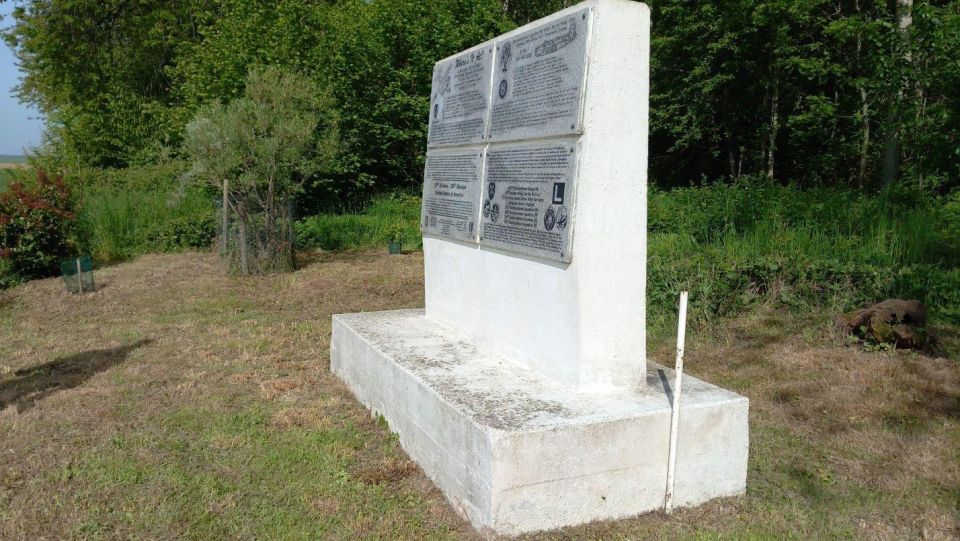
- Saint-Quentin is a historic town in northern France, known for its cultural heritage and Gothic basilica.
- The Battle on the Hindenburg Line occurred from September to October 1918, weakening German defenses in World War I.
- Key participants included Australian Divisions, British Forces, and American Divisions, showcasing their collaborative strategies during the battle.
- The Hindenburg Line features significant sites like Buire Wood, Somme American Cemetery, and memorials honoring fallen soldiers.
- Tours exploring these historical sites offer insights into the battle’s impact and soldier sacrifices, lasting about seven hours.
Overview of Saint-Quentin
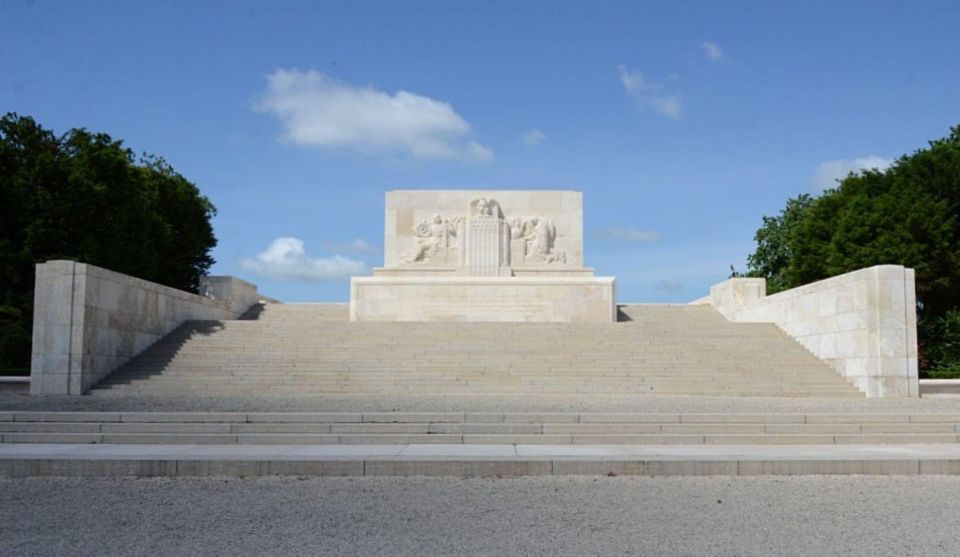
Saint-Quentin, a historic town in northern France, offers visitors a rich tapestry of culture and heritage intertwined with its significant role during World War I.
The town boasts stunning architecture, including its impressive Gothic-style basilica and charming town square, which reflect its vibrant past.
Strolling through its streets, one can discover a mix of traditional shops and local cafés, perfect for a taste of French cuisine.
Saint-Quentin’s parks and gardens provide serene spots for relaxation, while its museums showcase the region’s history and artistic achievements.
With its blend of historical significance and modern charm, Saint-Quentin invites exploration and appreciation, making it an essential stop for anyone interested in the cultural landscape of northern France.
Historical Significance of the Battle
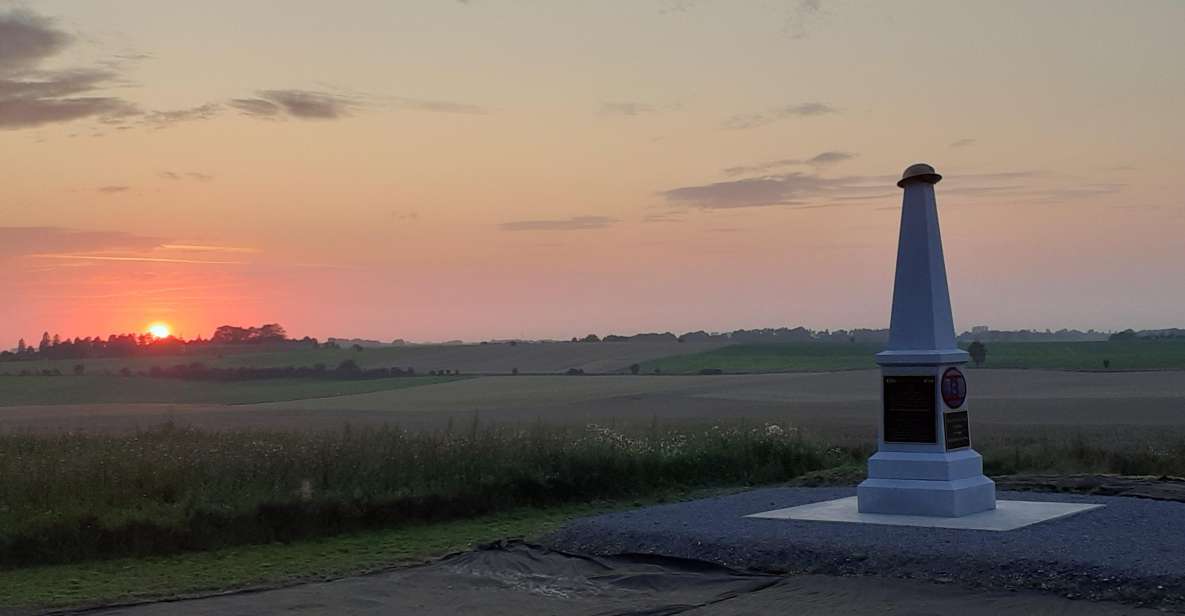
The Battle on the Hindenburg Line marked a pivotal moment in World War I, showcasing the determination and strategic prowess of Allied forces as they sought to break through German defenses. This battle, fought from September to October 1918, significantly weakened the German military’s hold on the Western Front, leading to a series of Allied victories.
It demonstrated the effectiveness of coordinated attacks and combined arms tactics, which became the hallmark of modern warfare. The successful breach of this formidable line not only boosted Allied morale but also hastened the end of the war.
Ultimately, the battle solidified the importance of international cooperation among Allied nations, laying the groundwork for post-war diplomacy and future military strategies.
Key Participants in the Battle
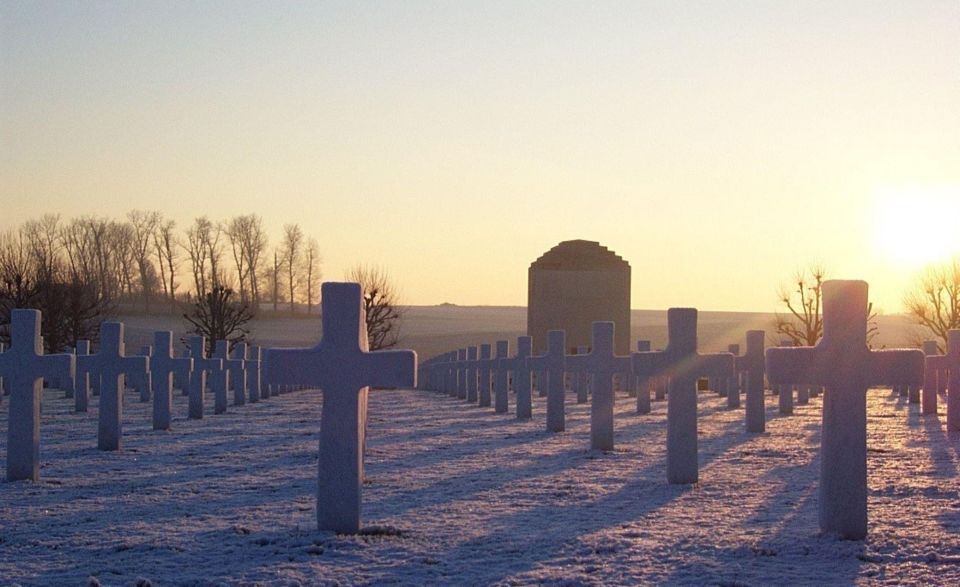
Numerous Allied forces played a crucial role in the Battle on the Hindenburg Line, particularly the Australian, British, and American divisions that combined their efforts to dismantle formidable German defenses. Each of these groups brought unique strengths to the battlefield, contributing to the overall success of the operation.
Key participants included:
-
Australian Divisions: Known for their resilience and innovative tactics, they effectively engaged German troops.
-
British Forces: Played a pivotal role in coordinating strategies and providing support to the advancing troops.
-
American Divisions: Their fresh manpower and enthusiasm boosted the Allied offensive, marking a significant turning point in the battle.
Together, these forces showcased unity and determination, significantly impacting the outcome of the conflict.
Itinerary Highlights of the Tour
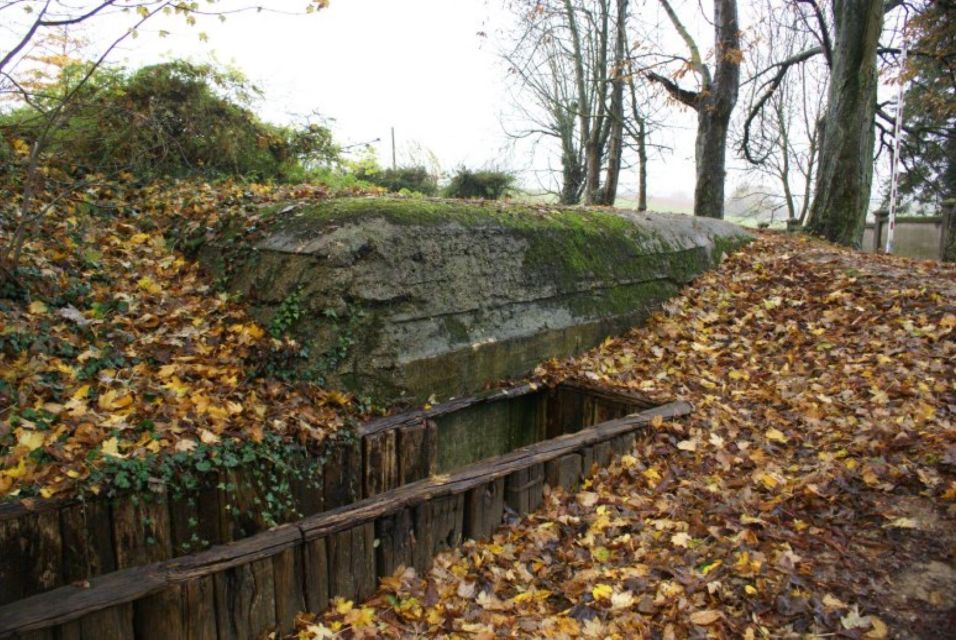
Exploring the itinerary highlights of the tour reveals a captivating journey through key locations that played a significant role during the Battle on the Hindenburg Line.
Starting at 9:00 am in Saint-Quentin, participants visit Buire Wood, where American divisions fought valiantly. The tour then stops at Ste Emilie and Le Ronssoy, honoring the US 27th Division monument.
Travelers enjoy a panoramic view from Gillemont Farm before moving to the Somme American Cemetery and the Federal US monument in Bellicourt.
The itinerary also includes the historical Riqueval Tunnel and the Nauroy vicinity, featuring the 30th Division monument.
As an optional addition, guests can savor lunch at a local restaurant, making this experience both educational and memorable.
Exploring the Hindenburg Line
Visitors uncover the historical significance of the Hindenburg Line as they traverse its key locations, each telling a story of courage and sacrifice from the 1918 battle. The tour immerses them in the past, shedding light on the fierce confrontations that shaped the landscape.
To enhance their experience, they can explore these notable sites:
-
Buire Wood – A pivotal site for American Divisions, where strategic decisions were made.
-
Somme American Cemetery – A solemn place honoring the bravery of fallen soldiers.
-
Riqueval Tunnel – A fascinating remnant of wartime engineering, offering insights into the conditions faced by troops.
This journey through history provides a poignant reminder of the sacrifices made during one of World War I’s critical phases.
Memorials and Monuments

The memorials and monuments scattered throughout the Hindenburg Line serve as powerful reminders of the valor and sacrifice displayed by soldiers during the fierce battles of 1918. Each site tells a story, honoring the contributions of Australian, British, and American troops who fought bravely in the face of adversity.
Notable landmarks include the US 27th Division monument and the Federal US monument at Bellicourt, which celebrate the courage of those who served. The Somme American Cemetery, a serene resting place, offers reflection on the heavy toll of war.
These tributes not only preserve the memory of the fallen but also educate future generations about the significance of these historic events, ensuring that their sacrifices are never forgotten.
Tour Details and Inclusions
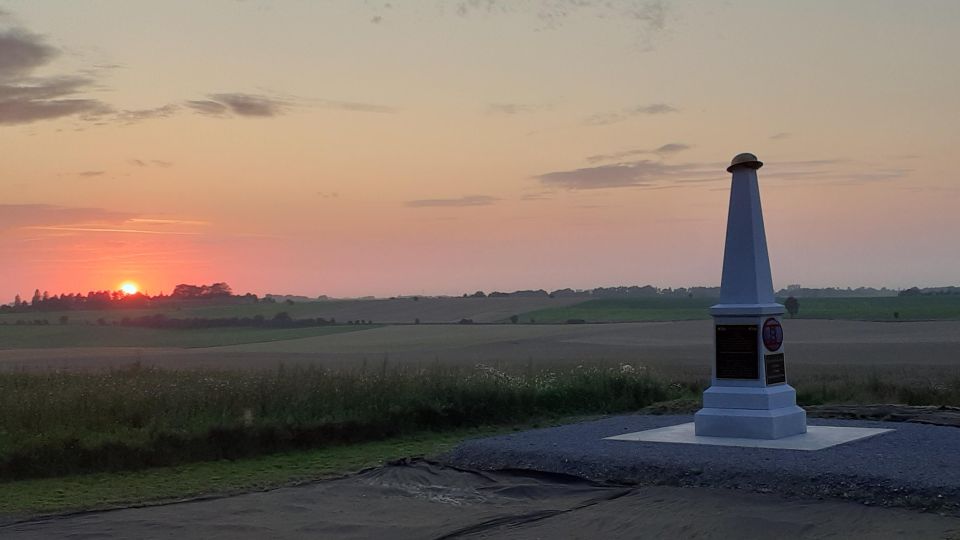
Tour participants can expect a comprehensive experience that combines historical insight with comfortable transportation, making the journey through the Hindenburg Line both engaging and memorable. The tour, lasting seven hours, includes several key features to enhance the experience:
-
Guided Services: Knowledgeable guides provide in-depth information about significant historical sites.
-
Private Transportation: Participants enjoy the luxury of private transport, ensuring a comfortable ride between locations.
-
Bottled Water: Complimentary bottled water is available in the vehicle to keep everyone refreshed.
With a group size limited to three, this intimate tour allows for personalized attention, making it ideal for history enthusiasts looking for a unique exploration of the Hindenburg Line.
Practical Information for Visitors
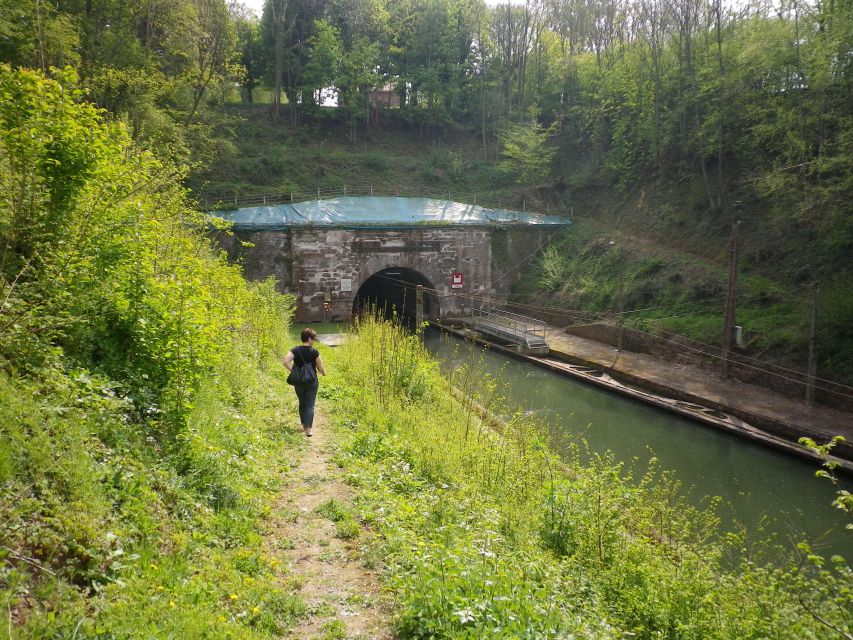
What should travelers keep in mind when planning their visit to the Hindenburg Line tour in Saint-Quentin?
First, the tour lasts about seven hours, starting at 09:00 am, so early arrival is essential.
Reservations can be made online, allowing visitors to pay later with a free cancellation option up to 24 hours in advance.
The tour is priced from €14,614 for a private group of up to three people.
While the guide provides insights, travelers should be aware that personal expenses for food and drinks aren’t included.
Also, it’s important to note that the tour isn’t suitable for children under 11 or wheelchair users.
Lastly, don’t forget to bring water and wear comfortable shoes for exploring!
Frequently Asked Questions
What Is the Best Time of Year to Visit Saint-Quentin?
The best time to visit Saint-Quentin is during spring or early autumn. Pleasant weather and vibrant surroundings enhance the experience, allowing visitors to explore historic sites comfortably while enjoying local festivities and seasonal attractions.
Are There Any Nearby Accommodations for Overnight Stays?
She found several nearby accommodations perfect for overnight stays. Options range from cozy hotels to charming bed-and-breakfasts. Each provides a comfortable retreat, ensuring visitors can relax after exploring the area’s rich history and attractions.
Can We Customize the Tour Itinerary?
They can customize the tour itinerary to suit their interests. The flexible options allow for adjustments in key stops and activities, ensuring each group’s experience is unique and tailored to their preferences.
Is Transportation Provided From Central Locations in Saint-Quentin?
Transportation’s included in the tour, ensuring participants enjoy a seamless experience. They’ll be picked up from designated central locations, allowing them to relax and focus on the journey without worrying about logistics.
What Should We Wear During the Tour?
For the tour, participants should wear comfortable clothing and sturdy shoes. Layers are recommended due to changing weather conditions. A light jacket or sweater might come in handy during cooler moments throughout the day.
Sum Up
To sum it up, Saint-Quentin stands as a testament to the courage and sacrifice of those who fought during the Battle on the Hindenburg Line.
Visitors can explore the town’s rich history through its memorials, serene landscapes, and the enduring canal, which once served as a vital logistical route.
Whether you’re a history buff or simply seeking a meaningful experience, Saint-Quentin offers a unique glimpse into a pivotal moment in World War I, honoring the bravery of its soldiers.
